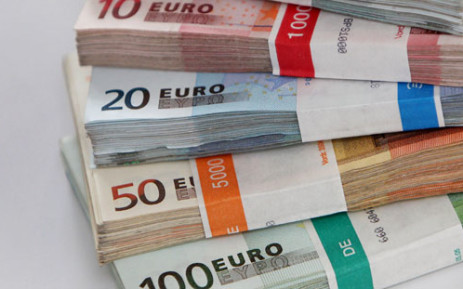Counterfeit money is imitation currency produced without the legal sanction of the state or government usually in a deliberate attempt to imitate that currency and so as to deceive its recipient. Producing or using counterfeit money is a form of fraud or forgery. The business of counterfeiting money is almost as old as money itself: plated copies (known as Fourrées) have been found of Lydian coins which are thought to be among the first Western coins. Before the introduction of paper money, the most prevalent method of counterfeiting involved mixing base metals with pure gold or silver. Another form of counterfeiting is the production of documents by legitimate printers in response to fraudulent instructions. During World War II, the Nazis forged British pounds and American dollars. Today some of the finest counterfeit banknotes are called Superdollars because of their high quality and likeness to the real US dollar. There has been significant counterfeiting of Euro banknotes and coins since the launch of the currency in 2002, but considerably less than for the US dollar.
Some of the ill-effects that counterfeit money has on society include a reduction in the value of real money; and increase in prices (inflation) due to more money getting circulated in the economy – an unauthorized artificial increase in the money supply; a decrease in the acceptability of paper money; and losses, when traders are not reimbursed for counterfeit money detected by banks, even if it is confiscated. Traditionally, anti-counterfeiting measures involved including fine detail with raised intaglio printing on bills which allows non-experts to easily spot forgeries. On coins, milled or reeded (marked with parallel grooves) edges are used to show that none of the valuable metal has been scraped off.
